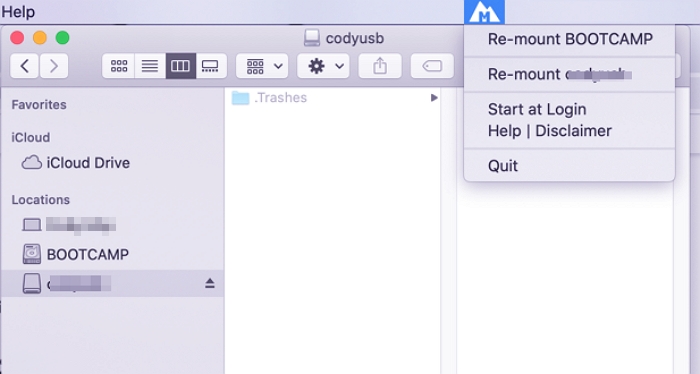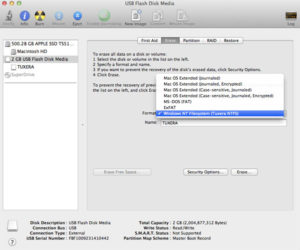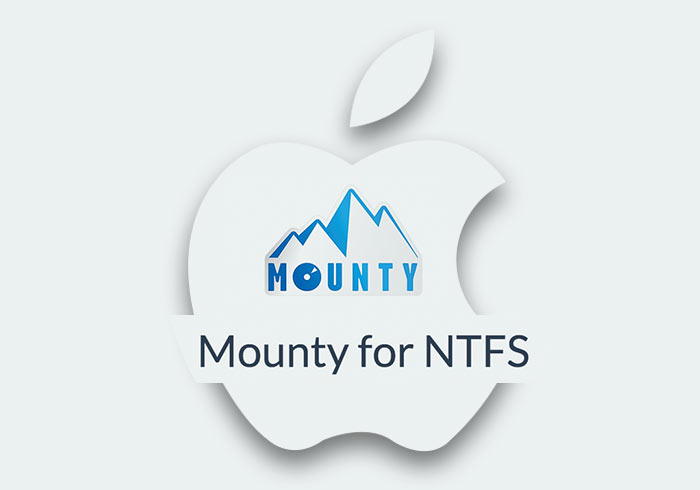
- #Mounty for ntfs opiniones install
- #Mounty for ntfs opiniones driver
- #Mounty for ntfs opiniones full
- #Mounty for ntfs opiniones windows
#Mounty for ntfs opiniones windows
If you are user David on Windows and david on Linux, use this (substituting fuse-ntfs-3g for ntfs-3g or whatever current kernel module you have installed): The fstab entry for the xfs drive has the following options: auto,rw,sync,noexec,nodev,nosuid,nofail,x-gvfs-show,x-gvfs-name=sdisk2.

Metadata kept in Windows cache, refused to mount. This will be similar to the read-only permission steps we have previously described.
#Mounty for ntfs opiniones driver
For example, by default, the Linux NTFS-3G filesystem driver just doesn't enforce the NTFS ACLs entirely and gives the same access to all Linux UIDs, with synthetic file modes based purely on mount options.
#Mounty for ntfs opiniones full
Then it should mount at /media/mike with full read-write. Thus, the The NTFS partition is in an unsafe state. The Linux NTFS kernel module (CONFIG_NTFS_FS) provides read-only access to NTFS volumes It does not support read-write access. Generally, we use the defaults value for this field. When fastboot is enabled, Windows doesn’t fully shut down when you shut-down and the NTFS file system is locked. I added the additional entries, namely, rw so any user can read/write. Gladly, you … At this point you should be able to read and write data on the mounted NTFS disk. If you're seeing NTFS ACLs being enforced on Linux, that's something you enabled!) That said, setfacl is definitely inconvenient to use …. Bottom line is still - if you need the journal to prevent simple corruptions, go … According to your fdisk -l command, the partition's filesystem is "FreeBSD" which if correct is probably UFS, not fat, ntfs, or extX. While Windows uses a native kernel driver which is a very performant low-level driver, Linux uses NTFS-3G which runs in user-space and is then … I have a dual boot system and multiple drives created in SSD.

ntfs-3g did not work in my case, for issues with enabling write permissions to the NTFS formatted drive/partition, the below is a simple solution that may help: Determine the path to the drive once mounted, run the below and find path of the drive relative to /dev/sd. I test this solution: open Terminal type this command sudo -mount -t ntfs -r /dev/sda5 and then enter The options field offers a list of mount options used when mounting a filesystem. Now you read from and write to the partition. Set the file permission on the filesystem. The problem is that I lost the ability to write again and I don't know why. The kernel actually supports NTFS too, but only in read-only mode. I'm unfamiliar with ntfsfix, but ntfsfix refuses to operate with read-write mounted device means that you have the drive mounted with the read-write options, so that any other process can write to the disk while ntfsfix is performing disk surgery.
#Mounty for ntfs opiniones install
This read-only means that we have to install a separate userspace driver to be able to write to the NTFS drives. The ntfs-3g is the newer FUSE driver (as you mention) and will mount the partitions as read-write is you use it in NTFS.

I am running Ubuntu … You can use ntfs-config GUI utility to mount NTFS partitions in fstab. You likely cannot mount this HDD because even though the kernel has detected it (in the dmesg output) the HDD hasn't been partitioned or formatted with a filesystem so that it can be mounted. if you want to unmount you should be root to unmount and then right click on mount point select Unmount Volume. You may also run chkdsk on it from Windows. hfsplus, umount, remount with sudo mount -t hfsplus -o remount,force,rw nothing worked for me. I think the problem was … Replace "/dev/sdb2" with whatever partition you are trying to mount and "/media/Windows" with your preferred mount point. properly, or mount the volume read-only with the 'ro' mount option, or.

The driver currently supports read-only mode (with no fault-tolerance, encryption or journalling) and very limited, but safe, write support. Long term: Permanently Disable Hybrid Boot From Windows, the Power Options Control … EDIT : ExFAT is being integrated into the Linux kernel and may provide better performance in comparison to NTFS (which I have learnt since that the packages that read-write to NTFS partitions are not the fastest ). The last I heard, NTFS was unsuitable for use as a Linux /home partition because Linux programs often rely on permissions and ownership features for some files in /home, and those features aren't provided by NTFS. In an admin command prompt window, type powercfg.


 0 kommentar(er)
0 kommentar(er)
